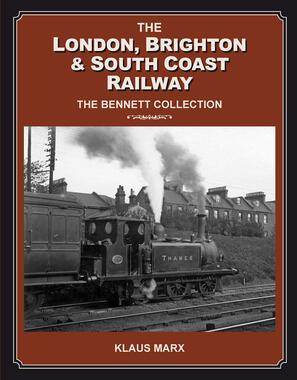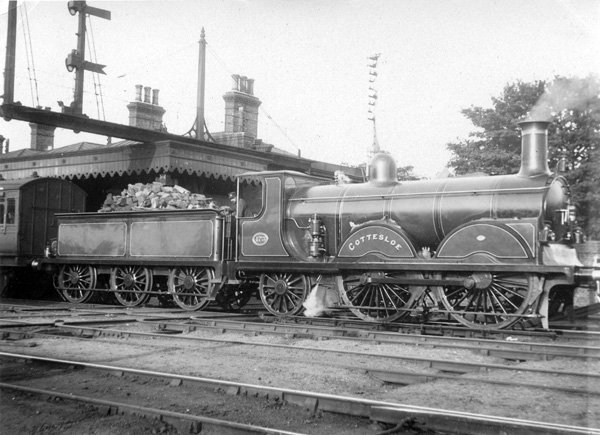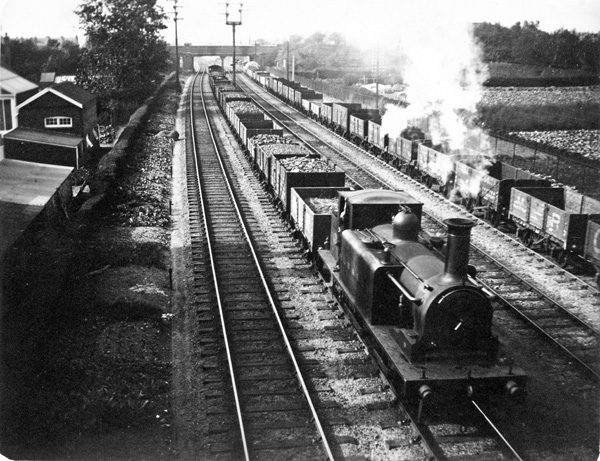London, Brighton & South Coast Railway

London, Brighton & South Coast Railway
The Bennett Collection
Klaus Marx
144 pages. 275x215mm. Printed on gloss art paper, casebound with printed board covers.
ISBN13 : 9781899889617
£19.95
The Bennett Collection
Klaus Marx
144 pages. 275x215mm. Printed on gloss art paper, casebound with printed board covers.
ISBN13 : 9781899889617
£19.95
This volume, taking a look at the London, Brighton & South Coast Railway in the early years of the twentieth century, has been compiled mainly from the photographs taken by Henry and Walter Bennett of Hove. Neither were professional photographers but both had a good eye for an image plus a possible contact on the inside who let them know when a new locomotive was about to appear or of a specific event. Thus a number of their images are unique and many are reproduced here for the first time.
The photographs depict a glorious period in British railway history, some of which is recreated by the Bluebell Railway in Sussex to whose East Grinstead appeal all of the royalties from this volume are being donated.


The photographs depict a glorious period in British railway history, some of which is recreated by the Bluebell Railway in Sussex to whose East Grinstead appeal all of the royalties from this volume are being donated.
London, Brighton & South Coast Railway - Sample Images

Plate 21 : The South Eastern & Chatham Railway was the dominant company at Redhill, the focal point of its lines to Tonbridge and Reading, the result of the Government forcing the London & Brighton Railway to sell the Stoats Nest-Redhill (then Reigate Junction) section to the South Eastern Railway, though the former’s traffic greatly exceeded that of the latter. Inevitably friction ensued, gaining it the nickname ‘Stopham Junction’. Finally at the turn of the century the LB&SCR decided to bypass Redhill by constructing its Quarry line. ‘Gladstone’ No. 173 Cottesloe of New Cross Shed stands at the Down platform with a semi-fast to Brighton. Note too, the fine oversailing SER bracket signal.

Plate 153 : From this photograph one might surmise that the LB&SCR was a major player in goods traffic, but this was far from the case. E1 class No. 144 (formerly Chambery) of Brighton shed passes a lengthy train of empties heading back for London via the Cliftonville curve. No. 144 received the Company’s initials on its side tanks in August 1906.
